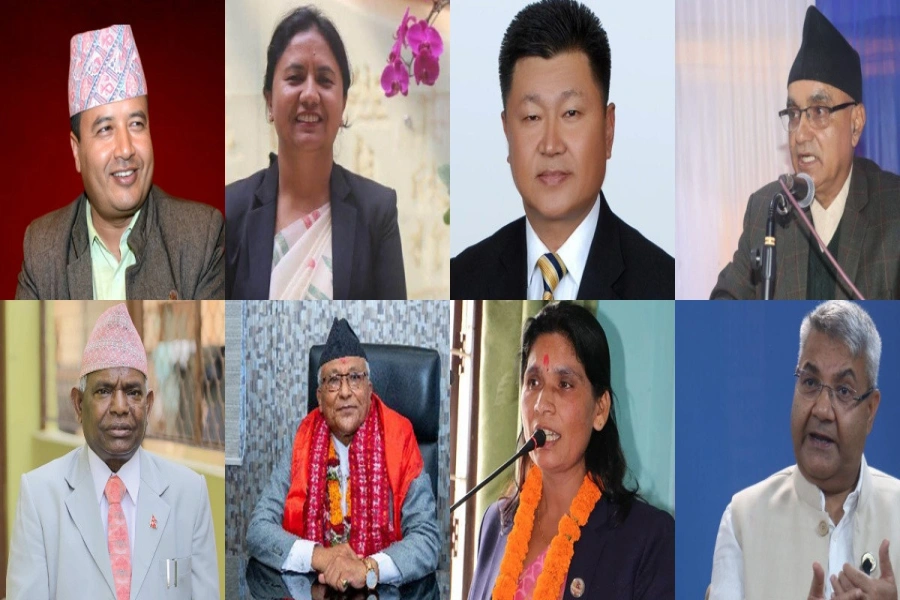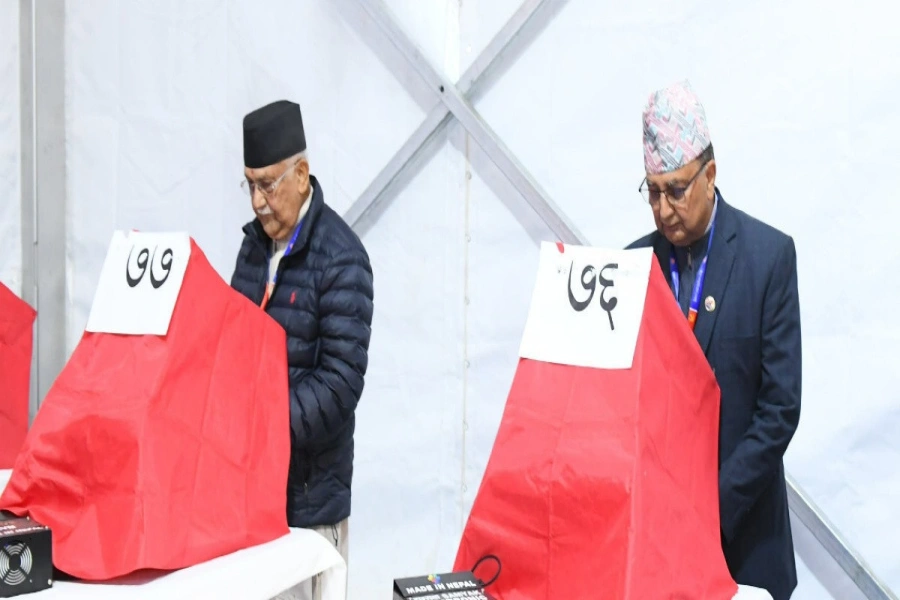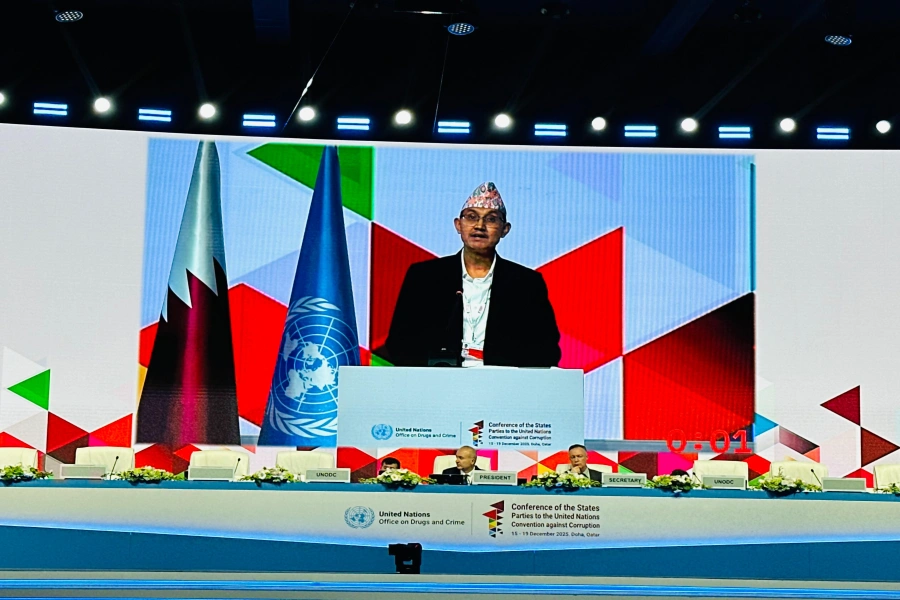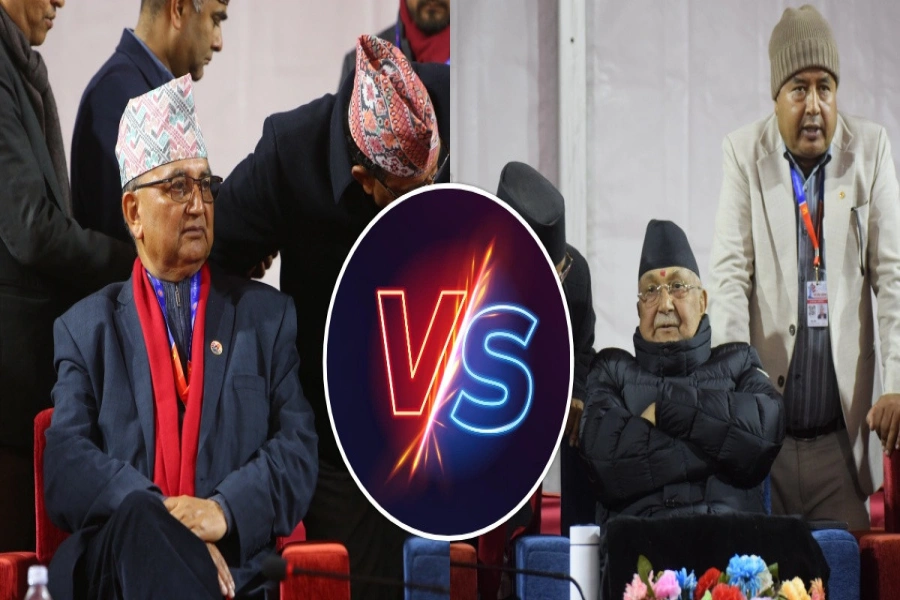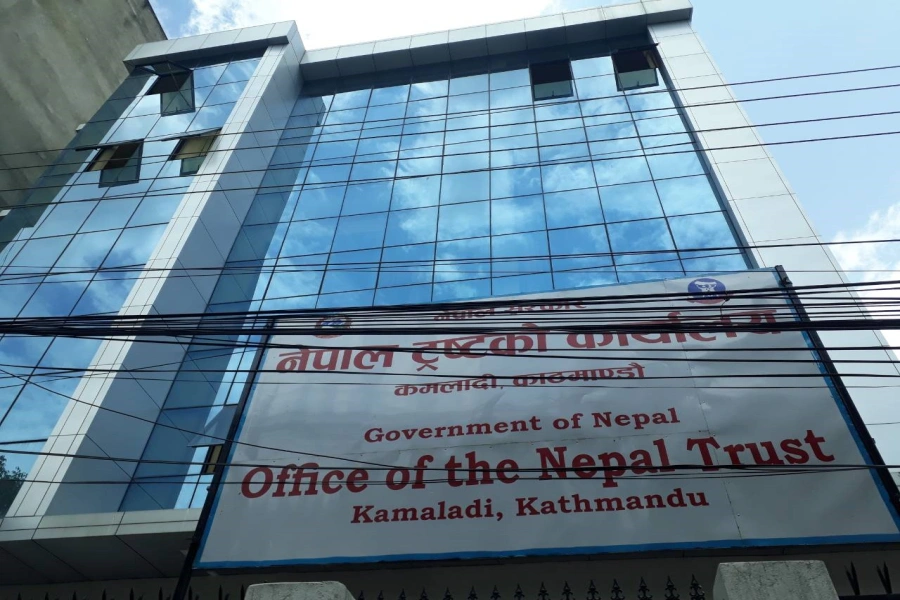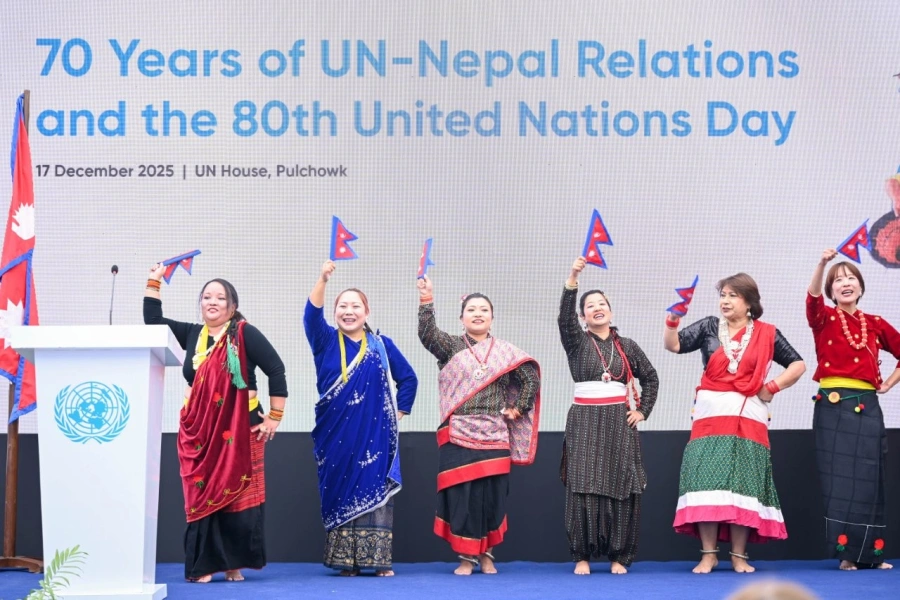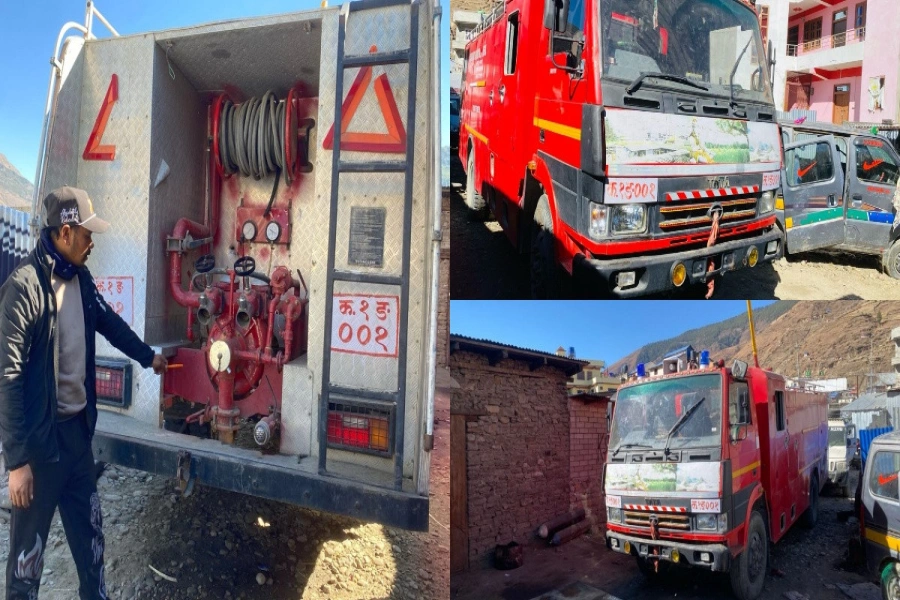It is also wrong to place all the blame on proportional representation
The assertion that political stability automatically leads to development is flawed. There was stability during the 104 years of Rana rule. Similarly, the country was stable during the 30 years of Panchayat rule. But did Nepal develop during those periods? While other countries progressed, we remained stagnant.
The core of the seven-point agreement between the Nepali Congress and the CPN (UML) is that these two parties will alternate the prime ministership and govern the provinces. To distract other parties from this agenda, they have added the issues of national consensus government and constitutional amendment. Their claim of a national consensus government is undermined by their actions—taking "major portfolios" in the Council of Ministers and giving token positions to a few small parties. The seriousness of these two parties regarding constitutional amendments will become clear over time.
It is often argued that due to the mixed election system, no party won a majority in the House of Representatives, resulting in a coalition government that lacks stability. The country has not developed because of this instability. Therefore, it is suggested that if we want to develop the country, we need a stable government. To achieve this, either remove the proportional system by amending the constitution, or make the House of Representatives a directly elected assembly as in the 2047 constitution. The belief is that if one party gains a majority, it will form a stable government for five years, leading to automatic development.
Past Experience
CC Act amendment bill registered with provision to allow just t...

Let’s examine these claims in the context of our past experience. Is it true that a directly elected House of Representatives will give a majority to one party, and if so, will the government be stable? Our history does not support this notion. The 2047 constitution had provision for a House of Representatives formed through direct elections, where the majority party would form the government. However, did the Girija Prasad Koirala-led government, formed by the Nepali Congress with a comfortable majority in the 2048 election, complete its five-year term? Where did the unrecognized 'Chattise' and 'Chauhattare' factions come from? In the midterm elections of 2051, did any party achieve a majority? Why did the House of Representatives become hung, leading to distortions in government formation? Didn’t the Nepali Congress secure a majority in the 2056 general election? Didn’t they declare Krishna Prasad Bhattarai as the Prime Minister if they won the majority? Yet, why was he sidelined? Why did the government change three times in three years? Why did the current 'five-time' Prime Minister Sher Bahadur Deuba offer democracy to the palace?
Proportional Representation is Not the Problem
These recent facts prove that the claim that a directly elected House of Representatives ensures a majority for one party and leads to a stable government is incorrect. It is also wrong to place all the blame on proportional representation. The inclusion provided by proportional representation to marginalized communities, including women, Madhesis, tribals, and Dalits, in representative institutions is unprecedented. This system has brought backward classes and communities into the mainstream of national politics. Yes, the proportional system has been distorted by the "big leaders of big parties," who have represented their wives, sisters, and businessmen. Blaming the election system for dishonesty and corruption is just a pretense.
Stability Does Not Automatically Lead to Development
The assertion that political stability automatically leads to development is flawed. There was stability during the 104 years of Rana rule. Similarly, the country was stable during the 30 years of Panchayat rule. But did Nepal develop during those periods? While other countries progressed, we remained stagnant. This indicates that stability does not automatically lead to development. Stability provides the foundation, but if leaders are not visionary and honest, they cannot take the country to new heights.
The Need for Stability and a Directly Elected Executive
Undoubtedly, we need stability, but it must be democratic, not autocratic. Such stability cannot be achieved with a reformed parliamentary system like the present one, or with a pure parliamentary system as in the past. We included a provision in the constitution that a no-confidence motion cannot be brought for two years after the formation of a new government, and if it fails, another cannot be brought for one year. But did this provision ensure stability? Didn’t these leaders exploit loopholes in the constitution to paralyze this provision?
Our experience, both past and present, tells us that whether in a traditional or reformed parliamentary system, even if one party has a majority, it cannot guarantee a permanent government. If there is a fragmented mandate, they will not develop a coalition culture to run a stable government. Stability is not provided by the system, but by the 'watch' or 'mercy' of political parties and their leaders. This holds true whether the House of Representatives is fully directly elected or based on mixed elections. As long as our political parties and their leaders prioritize power, they will make compromises—legitimate or otherwise—to retain it.
System-Provided Stability and a Directly Elected Executive
Therefore, we need stability provided by the system itself, not the stability found in the eyes of the leaders. The only way to achieve this is through a directly elected executive system, where a single leader can govern the country for five years unless impeached. This should be an executive presidential system, not an executive prime ministerial system, because a prime minister would require a ceremonial president, who becomes a "white elephant" after retirement—a burden we cannot afford, as evidenced by the expenses associated with our current ex-presidents.
A Cabinet from Outside Parliament
With a directly elected executive, the cabinet would consist of experts from outside Parliament. There would be no need for a large parliament. Elections would be held through a proportional system based on inclusiveness. With empowered local levels, parliamentarians would no longer need to play the role of guardians of their constituencies. The Parliament would focus solely on legislative powers, reducing the competition to become a Member of Parliament and curbing the corrupt behavior associated with election expenses. Provinces would also have directly elected Governors/Chief Ministers, cabinets from outside Parliament, and smaller, manageable legislatures.
Resistance to Change
However, the so-called big parties do not accept this proposal—not because it was part of the Maoists’ or Upendra Yadav's party’s agenda in the Constituent Assembly, but because it would limit their chances of becoming prime minister. They claim to have great faith in the parliamentary system, but we should not fall for this illusion. If they truly believed in the parliamentary system, they would have stepped down after their party’s defeat in a general election, allowing new leadership to emerge. This is the essence of the parliamentary system. If they had done so, Sher Bahadur Deuba and KP Oli would no longer dominate Nepal’s political scene. New leaders from their parties would have naturally risen to leadership, sparing the Nepali people from seeing the same faces that have caused resentment in active politics.



